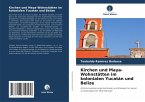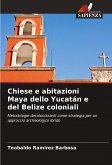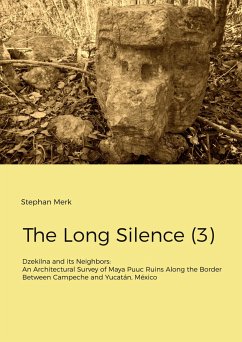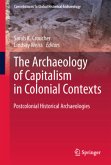This work was conceived as an attempt to use the terms hybridity and third space in historical archaeology with a comparative analysis of early colonial churches and Maya dwellings on the Yucatán Peninsula and Belize. This analysis was aimed at reconsidering the influence of the indigenous societies in colonial encounters represented as hybrid material culture. The idea was to break away from binary models and Eurocentric colonizer-donor vs colonized-receptor approaches in colonial encounters presenting instead, an ambivalent relationship in which the colonizer and the colonized identity and materiality is negotiated and recreated. Colonialism in Mexico is examined showing how colonial institutions of power established the basis for a new urbanism and religious architecture.
Bitte wählen Sie Ihr Anliegen aus.
Rechnungen
Retourenschein anfordern
Bestellstatus
Storno








